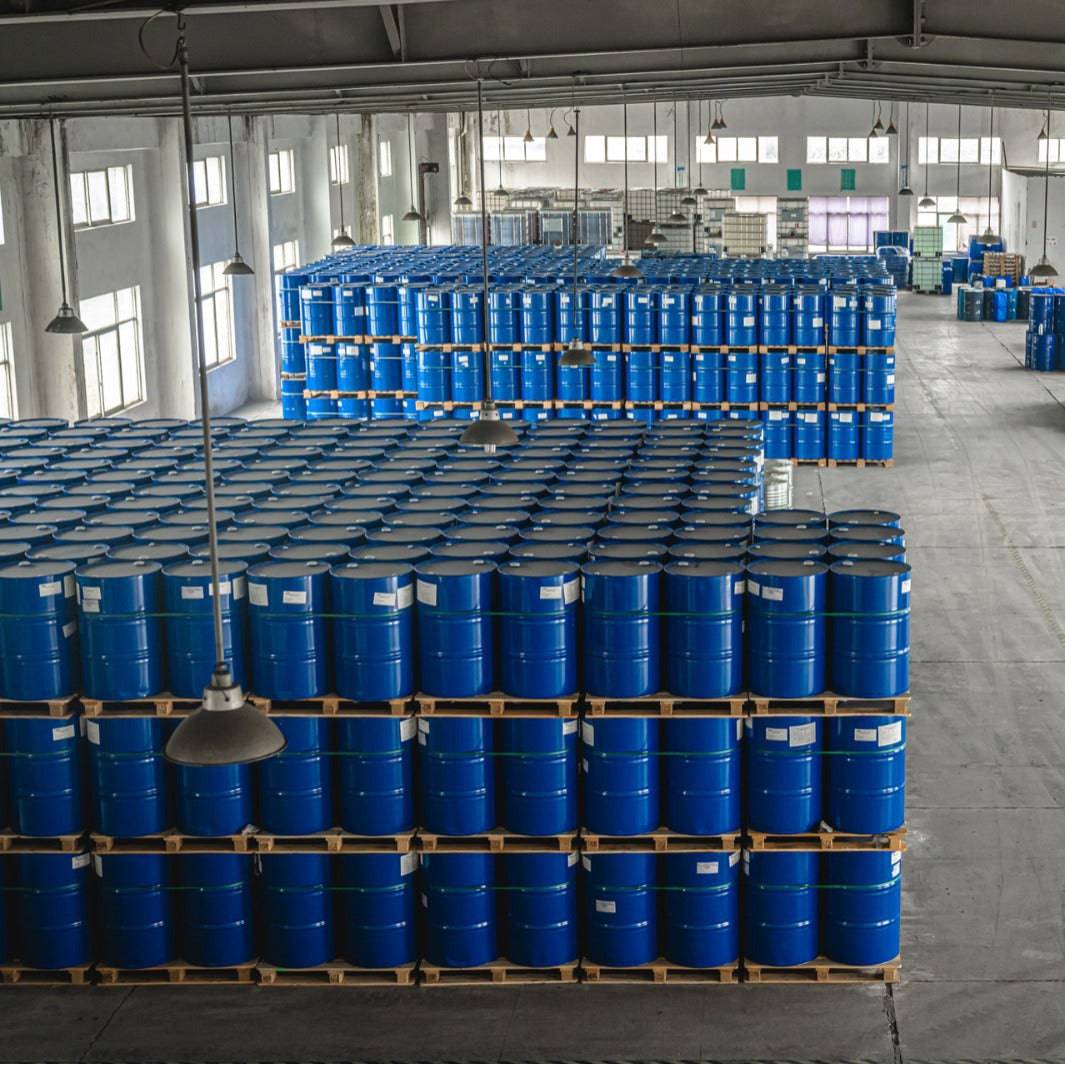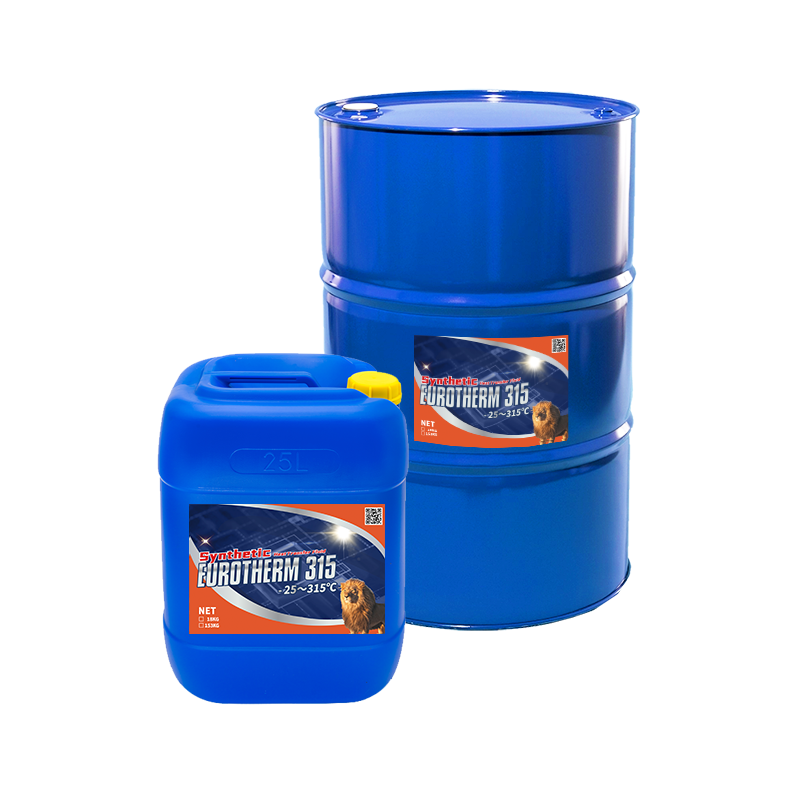Facts About Chemie Uncovered
Wiki Article
4 Easy Facts About Chemie Shown
Table of Contents9 Simple Techniques For ChemieSome Ideas on Chemie You Need To KnowSome Ideas on Chemie You Need To KnowEverything about ChemieWhat Does Chemie Mean?How Chemie can Save You Time, Stress, and Money.
A tool that allows elements (followers, controllers, pumps) to be replaced or included in an IT/Cooling system without disrupting its operation. Hydrophilic is a residential or commercial property of a product or surface area that is attracted to water and enables water to spread throughout or permeate it, making it "water-loving." Hydrophobic is a building of a product or surface that drives away water and does not conveniently permit water to spread across or permeate it; it drives away water.(https://chemie-48856033.hubspotpagebuilder.com/blog/revolutionizing-cooling-solutions-with-chemies-advanced-fluids)Access Protection (IP) is a basic used to specify the sealing effectiveness of electric rooms against breach from international bodies (devices, dirt, and so on) and moisture. It is defined in the international typical EN 60529 (British BS EN 60529:1992, European IEC 60509:1989). Score Access Defense (IP) scores measure a tool's resistance to solids and water.
Insulation are products or strategies made use of to reduce the transfer of power in between 2 items or atmospheres. With concerns to data facilities and sustainability, ISO-14000 is a commonly applied standard.
Unknown Facts About Chemie
Each layer relocates efficiently past the adjacent layers with little or no blending. The liquid often tends to stream efficiently at low velocities without side mixing, and surrounding layers slide past each other. This procedure can cause reduced warmth transfer rates compared to unstable circulation. Unrealized heat is the heat needed to transform a solid right into a fluid or vapour, or a fluid right into a vapour, during a phase adjustment, without modification of temperature.
It is usually made use of in fluid cooling systems and in commercial processes. A Liquid-to-Liquid Warmth Exchanger is a gadget that transfers warm from one liquid to one more without mixing the liquids. It passes the 2 fluids close to each various other while ensuring they are separated by an obstacle. Liquid-to-liquid heat Exchangers are often used in cooling down systems to different key and secondary coolant loops.
The Facts About Chemie Uncovered

It is equal to 1 cubic decimetre (dm), 1,000 cubic centimetres (cm) or 0.001 cubic metres (m). In the US, a litre is equal to 0.264 gallons. A litre inhabits a volume of 10 centimeters x 10 centimeters x 10 cm. Litres (Liters) per minute is a device of measurement for flow rate, precisely the quantity of fluid (in litres) that passes a provided point in a minute.
A maintenance home window is a scheduled duration designated beforehand by technical, assistance, and solution personnel during which preventative maintenance jobs that could interfere with operations are carried out. Preventative jobs might consist of software updates, repairs, or substitutes. By carrying out these in an upkeep window, you can guarantee very little disturbance which our system runs optimally.
What Does Chemie Mean?
The air conditioning fluid calls for two-way transport called supply and return. It refers to a product's resistance to deterioration, rust, or discoloration when it comes right into contact with a different material or chemical.
Network changes can be equipment tools that take care of physical networks or software-based virtual devices. Non-Condensable Gas (NCG) is a gas that does not condense (adjustment from vapour to fluid) under a cooling system and normal compression refrigeration conditions. NCGs are air, nitrogen, carbon dioxide, argon, and oxygen. Non-conductive fluids are coolant fluids that are incapable of carrying out an electric existing, commonly referred to as dielectrics.
The Buzz on Chemie
Operating stress is the pressure at which a system or a component of a system operates under regular or specified conditions. This is the secure temperature level range in which a piece of hardware, device, system, or process can operate without experiencing deterioration in performance, reliability, or long life. The tool will operate effectively within a specified operating temperature level variety, outside this series of secure operating temperature levels, the gadget may fail.Oxidation security is a liquid's resistance to oxidative deterioration gradually and is a vital high quality criterion. silicone synthetic oil. Identical circulation refers to the partnership in between the flow directions of the hot and chilly liquids. With parallel circulation, the fluids travel through the heat exchanger parallel to optimize warm transfer
Chemie Fundamentals Explained
Passively cooled down is a kind of cooling that uses all-natural convection or radiation to dissipate heat without followers, pumps, or added active components. Perfluorocarbons (PFCs) are compounds, that are manmade and are look at these guys composed of carbon and fluorine. Perfluorocarbons are generally colourless, odourless non-flammable gases at ecological temperatures and mostly chemically unreactive.Report this wiki page